
We would like to keep you up to date with the latest information on PE International 2024 by sending you push notifications.
Presentation at Power Electronics International 2024 are grouped into 6 key themes which collectively provide complete coverage of the global power electronics industry.
If you are interested in speaking at Power Electronics International 2024, please contact [email protected] or call +44 (0)24 7671 8970.
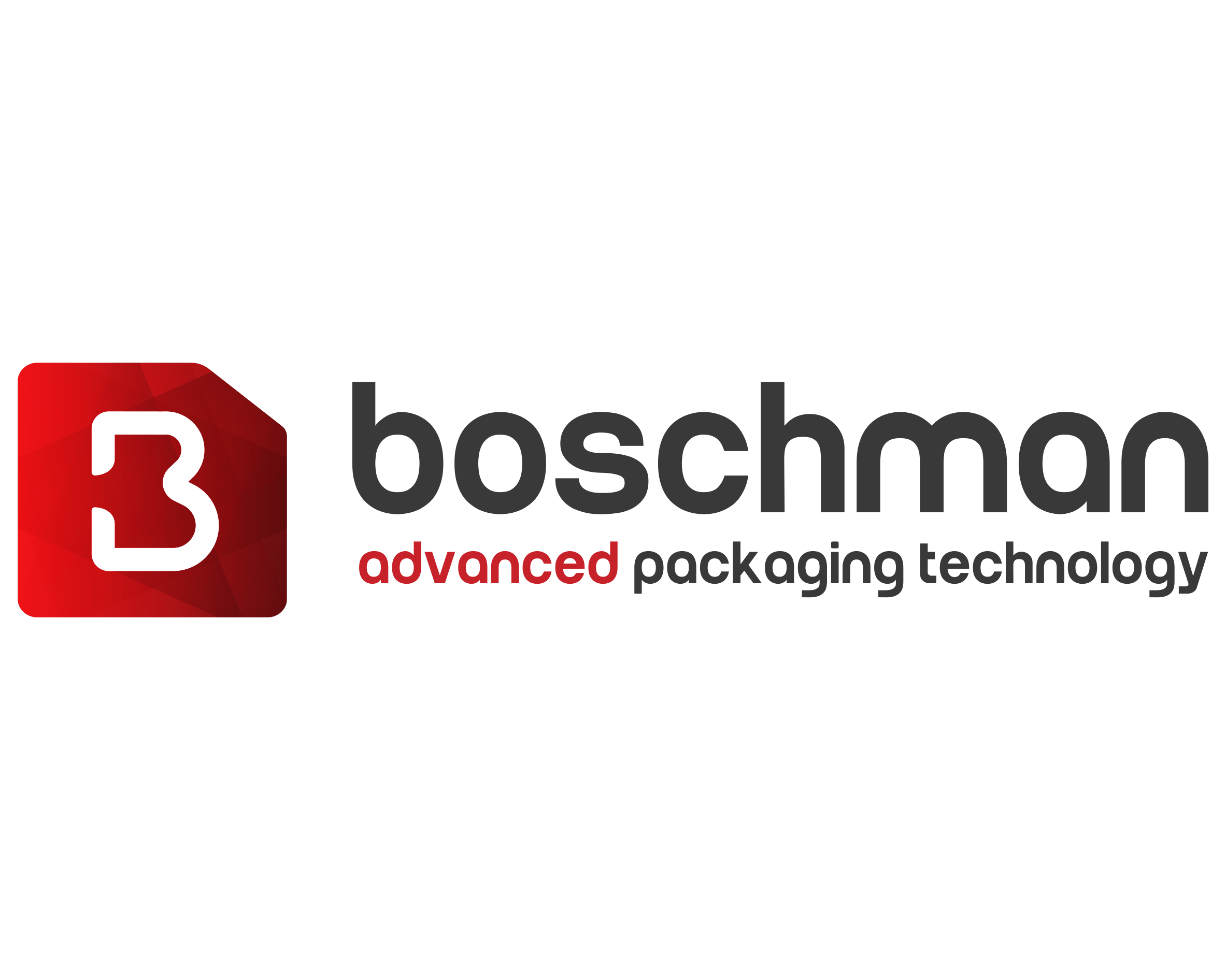





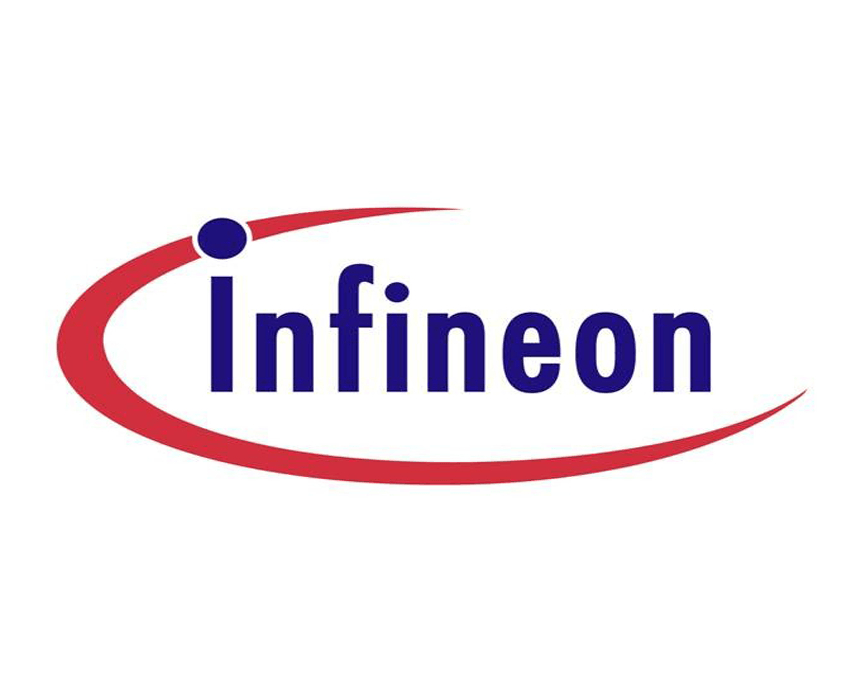
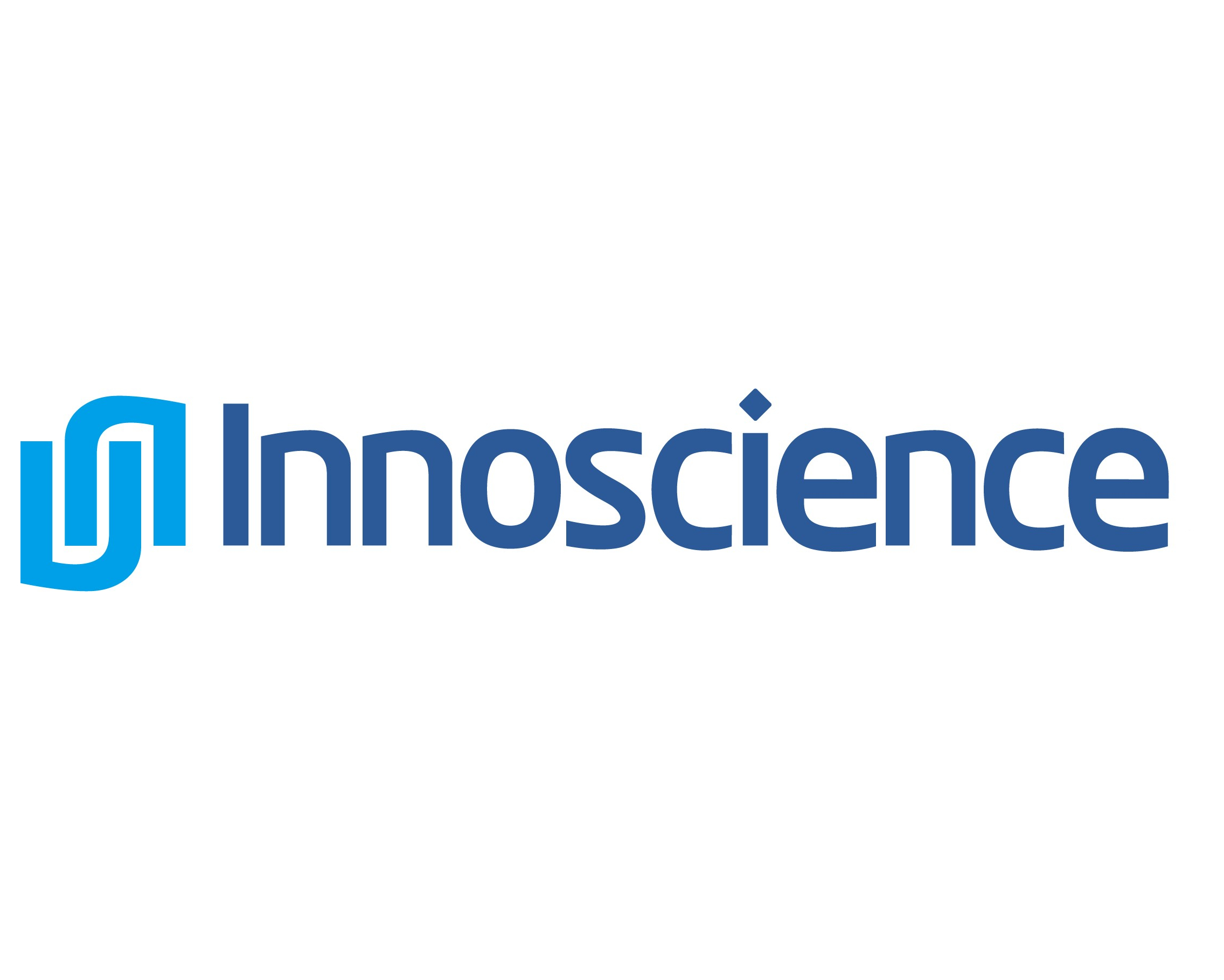
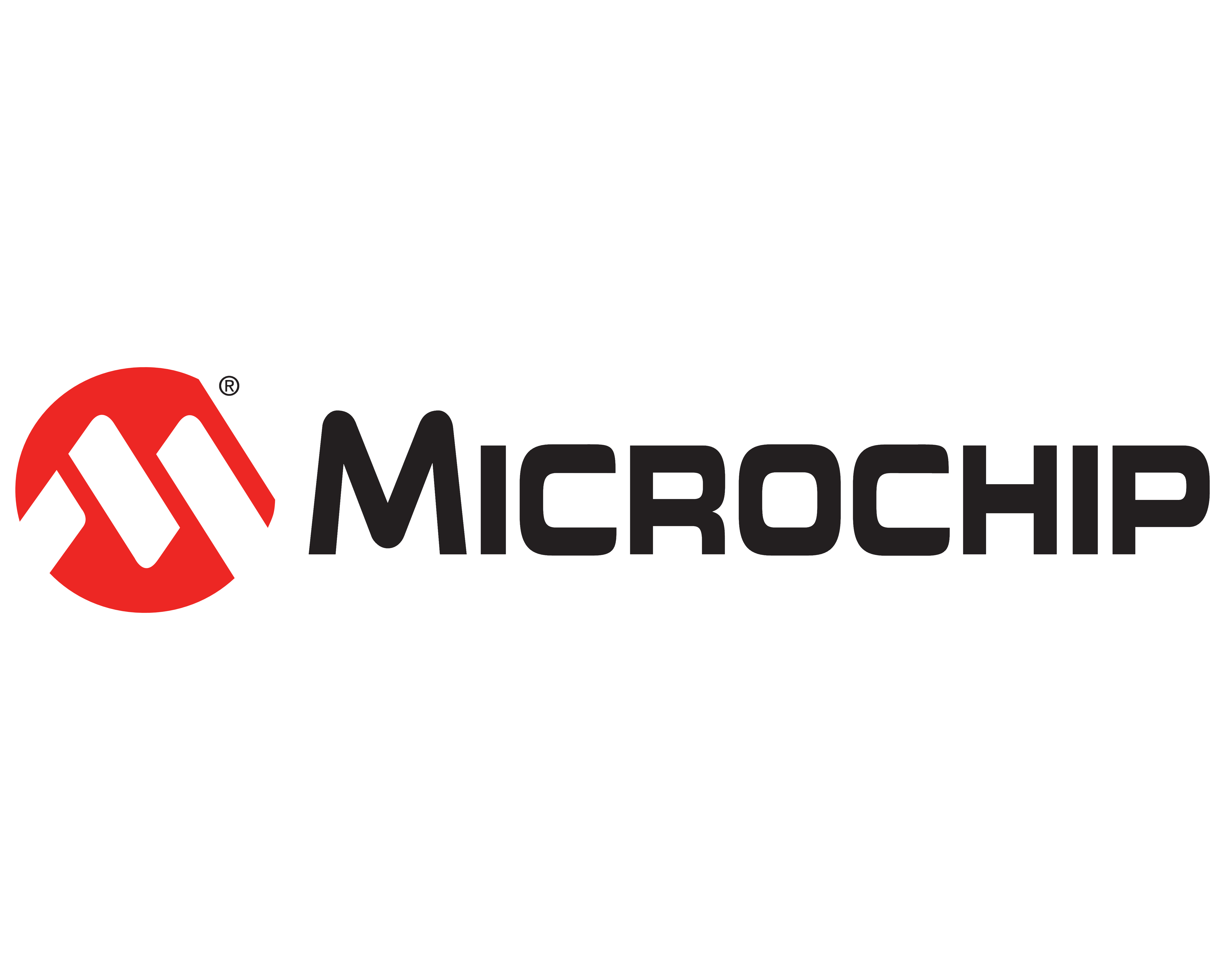

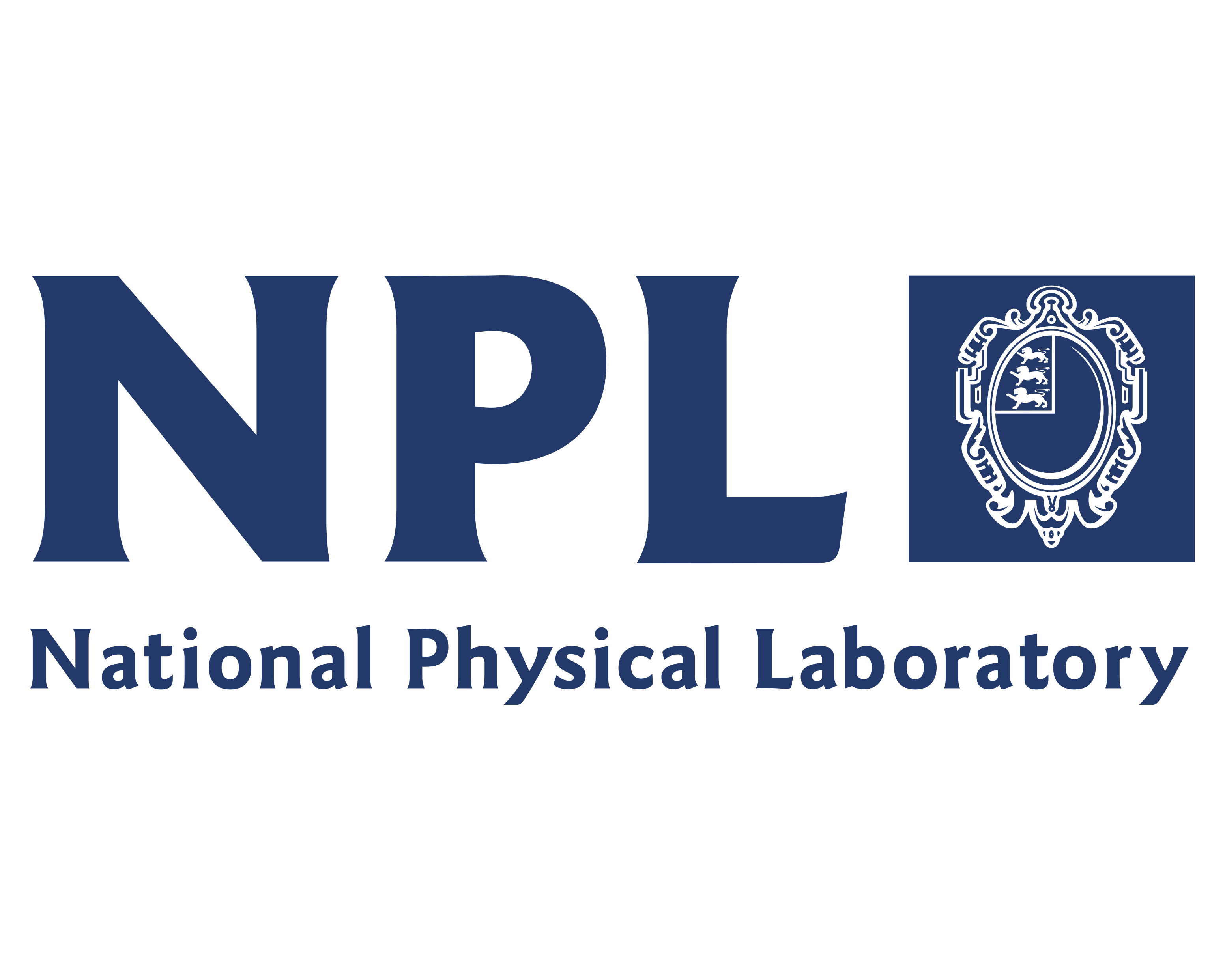

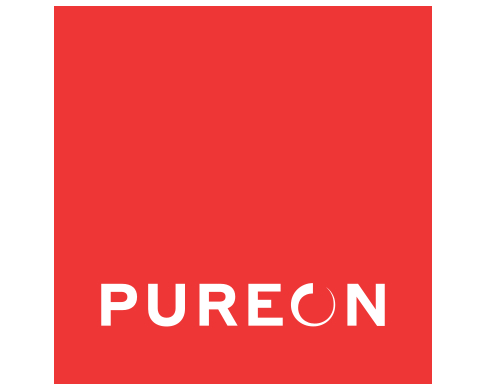




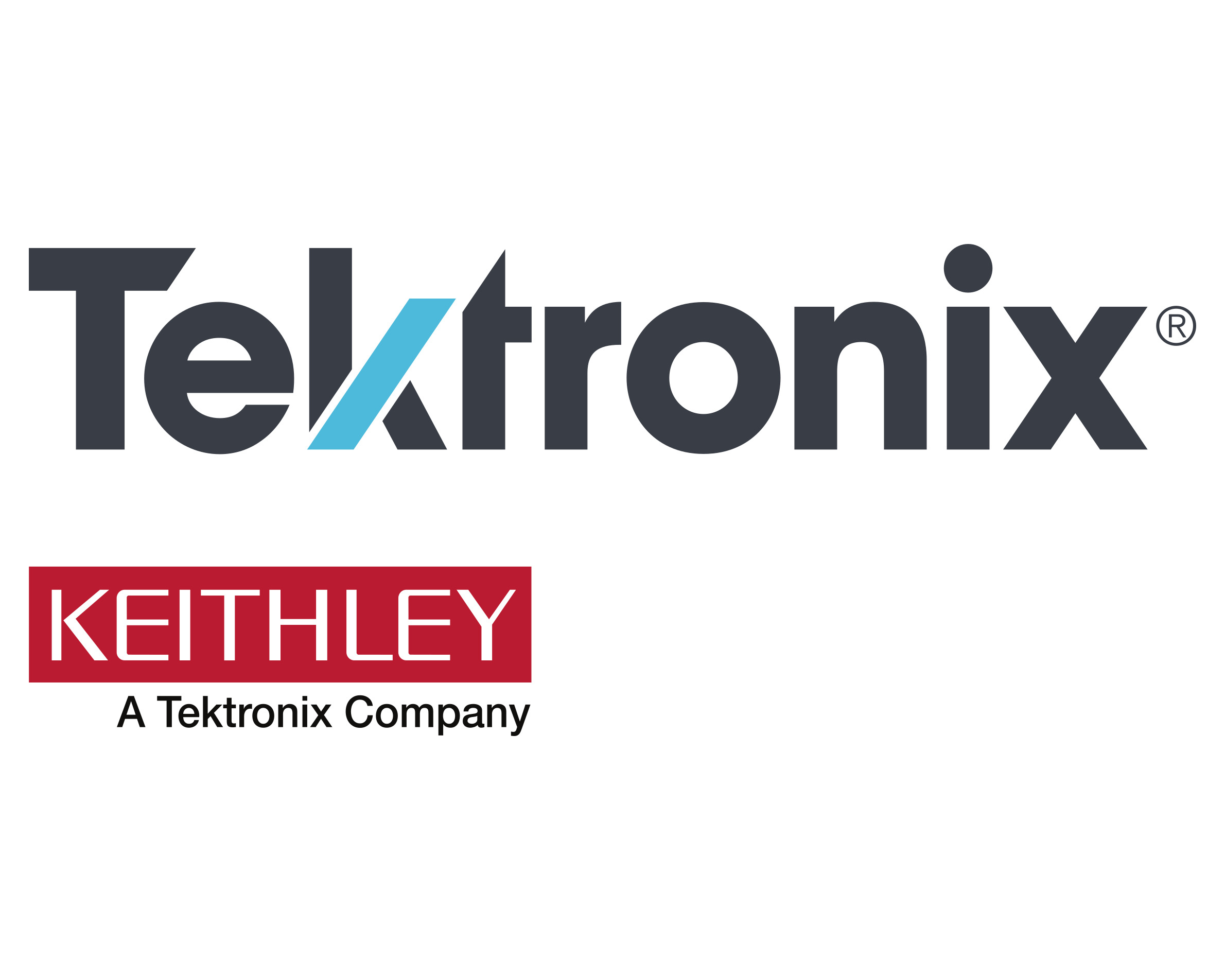




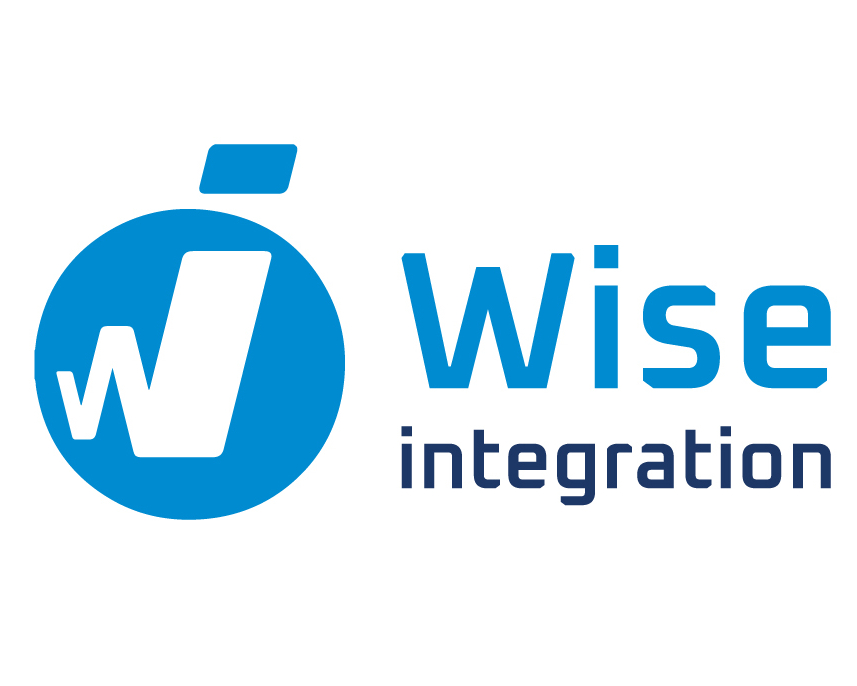
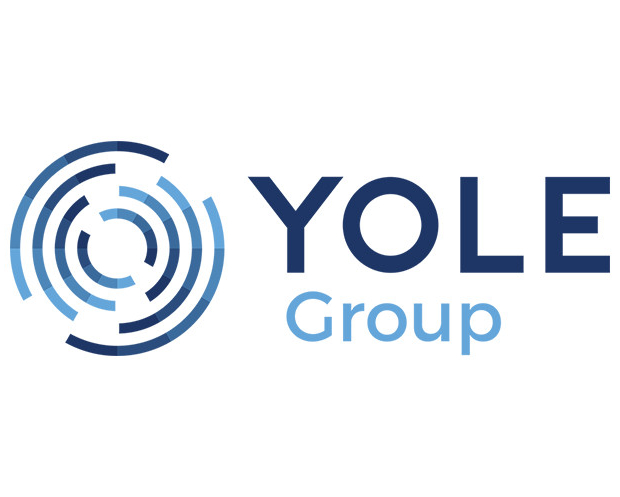
In the past decade, SiC and GaN have clearly asserted their dominance in high-volume automotive and consumer electronics markets. Amidst formidable competition with silicon, the SiC industry attracted investments exceeding 20 billion dollars, while the power GaN sector received an infusion of 4 billion dollars in recent years. Despite significant strides, the SiC industry remains haunted by concerns of shortages propelled by the electrification megatrend. In this presentation, Yole Intelligence delves into the capacity challenges, spanning from equipment, to wafers and devices. Gain valuable insights into how the industry navigates these complexities, adapting to fulfill the demands of an ever-evolving market landscape.
For years, silicon carbide wafers have been in short supply to the rapid growth in demand for SiC power devices in the EV sector. With huge investment in SiC wafer capacity, however, will this typically accepted view be overturned sooner than expected? In this session we will explore the following questions: • Is the market investing too much too soon? Will this translate to oversupply? • Will demand skyrocket? Could supply outstrip this? • What is the changing role of China in the supply chain? • What disruptive technologies could spoil the SiC party?
Whilst the industries attention has shifted towards SiC for high voltage applications, the silicon IGBT still forms the backbone of the market. This talk will discuss the trends in IGBT developments and areas where the devices remain strong. It will then look to the future to see how competition from SiC and beyond will impact the IGBT markets abilities to grow, and what advantages IGBTs may have in the fight for market share which is already beginning.
Semiconductors play a pivotal role in enabling transformation across various industries, including communications, computing, and clean energy. The advancements in MOSFET and IGBT designs have faced tradeoffs in the past, but innovations like STPOWER Superjunction MDmesh technology have maximized performance within traditional silicon platforms. These advancements have allowed for efficient power delivery in systems handling large amounts of power. Additionally, the introduction of field-stop IGBTs has pushed the boundaries of dynamic performance. Furthermore, STMicroelectronics invests in emerging technologies like silicon carbide and gallium nitride to expand the range of available semiconductor solutions. This multi-faceted approach empowers customers to create optimized solutions that leverage the strengths of each material. ST is committed to driving the future of energy through ongoing silicon innovation and beyond, as devices continue to advance to serve emerging needs in the clean power sector.

As SiC material (substrate and epi), diameter, quality and cost have continued to improve over the past decade, SiC based electronics have seen rapid adoption in applications requiring efficient power conversion at high voltage and current. Battery Electric Vehicles are currently the largest projected market for SiC devices, but for the market to grow to its potential, SiC material, device and module technologies need to mature and advance even further. In particular, Silicon power module and packaging technologies should be modified to leverage the temperature, switching frequency, power density, and voltage capabilities of SiC. We will see how ongoing SiC technology advancements, coupled with high volume 200 mm manufacturing and its associated cost reductions, have the potential to enable significantly expanded applications areas with addressable market size, hitting the $10 B milestone and beyond!
Silicon carbide wafers are utilized in electronic devices like power diodes, MOSFETs, high-power microwave devices, and RF transistors, enabling efficient energy conversion and power management. SiC wafers and substrates also find use in automotive electronics, aerospace systems, and renewable energy technologies. Silicon carbide wafer contributes to about 30-40% cost of the total die cost. Hence any progress made in reducing the cost of the SiC wafer, will help in reduction of costs downstream in the value chain and the adoption of SiC wafers. The current process of SiC wafers is wire saw slicing, diamond metal polish (DMP) and then CMP, which is the most adopted process currently. An alternative process also exists which is laser slicing, coarse grinding and fine grinding followed by CMP. In either process pathway, the cost of ownership is key to reduction of the wafer costs. The current presentation speaks of a NEW process. This process uses a composite pad in combination with a diamond slurry to rapid thinning of the wafer before it goes into the CMP step. The overall cost of ownership (CoO) is lower than the existing processes and hence making SiC wafers cost lower.
Due to its superior physical properties compared to other group III nitrides, aluminum scandium nitride (AlScN) has emerged as a promising candidate for the development of future power electronic applications. The larger piezoelectric response and high spontaneous polarization of AlScN enable a high polarization charge at the interface with gallium nitride (GaN) and thus the accumulation of very high electron sheet charges at the interface. Compared to state-of-the-art aluminum gallium nitride (AlGaN)/GaN-based high-power transistors, AlScN/GaN exhibits a higher transistor current density. In addition, AlScN has a high band gap energy, so that a high critical electric field strength can be expected. By combining the ability to deliver high current densities while operating at high electric fields, AlScN-based devices are predicted to offer higher output power densities compared to current devices, thus achieving the desired improvement in future power electronic devices.
Silicon Carbide (SiC) is considered as one of the most promising materials for next-generation high-voltage power devices. Its superior material properties, compared to conventional silicon (Si) enable more efficient and lower-loss energy conversion. As a result, SiC can significantly reduce overall power consumption. Today, the demand for SiC power devices is strongly driven by the growth in electric vehicles, and the industry needs to ramp up production and address current manufacturing challenging. For example, to reduce the high cost of SiC substrates, wafer bonding is an interesting technology to produce cost-effective engineered substrates. In particular, a room temperature wafer bonding process is presented that enables conductive, oxide-free bond-interfaces well suited for advanced vertical power device architectures.
Energy conversion and transportation is one of the major challenges to reduce climate change and to reduce the consumption of fossil fuels for a sustainable future.Power electronics have a significant potential for CO2 reduction and is an inevitable technology towards a zero-emission world. It plays a key role in today’s increasingly electrified world, from generation with renewable energies, to power distribution as well as in consumption in industrial, transportation and home appliances. Power modules based on Silicon Carbide (SiC) semiconductors allow operations with increased power and current density per chip at an increased temperature compared to Silicon based power modules. To maximize the benefit of the SiC semiconductors, advanced electronic packaging materials are required. Solutions for an optimized performance of SiC based power modules will be presented.
First Power SiC commercial device has been introduced in the early 2000s, gaining significant traction in the automotive sector by 2018. Since then, extensive technical enhancements have permeated various facets, spanning n-type SiC wafer production to power module development. Power GaN devices, entering the market approximately a decade later around 2010, found success in consumer chargers from 2019 onward. Power GaN devices originate from various technology platforms and levels of integration. This presentation will delve into the technical solutions for WBG Power SiC and GaN, exploring aspects such as device design and packaging. Additionally, it will shed light on advancements in the upcoming UWBG, like Gallium Oxide.
Within the last decades, UV-laser annealing (UV-LA) has emerged as an essential technology for power device manufacturing. Thanks to its ultra-short timescale and shallow light penetration, UV-LA permits selective and localized anneal at high temperatures. Due these advantages, UV-LA opens new integration paths for power devices manufacturers like formation of backside junctions for Silicon IGBT. Recently, owing to its high productivity and selective annealing capability, UV-LA from SCREEN has been widely adopted by major SiC device manufacturers and has become the process of reference for backside ohmic contact formation applied on SiC devices. Moreover, it is believed that UV-LA technology will also become essential to face next-generation challenges of SiC devices like activation of high-doped SiC junctions or frontside p-type contact formation.
Gallium Oxide has shown great device performances benefiting from its rather large bandgap well in excess of that of Silicon Carbide. We report latest performance data, initial reliability considerations, as well converter benefits for using Gallium Oxide.
For high-power applications, the industry is moving to next generation semiconductor materials, so called Wide-bandgap materials (WBG) to replace Silicon (Si) such as Silicon Carbide (SiC) and Gallium Nitride (GaN). While these materials offer breakthrough properties, they are not a drop-in replacement and essentially require all new designs, materials, and processes to deal with higher temperatures and offer better thermal resistance, performance and reliability. Specifically, for back-end semiconductor packaging: 1. Silver Sintering (to replace and overcome thermal limitations of tin solders) 2. Epoxy Molding (to replace and overcome thermal limitations of silicone gel) 3. Trimming and Forming of Power leads and signal pins Boschman has pioneered these processes with early adopters in the industry and has positioned itself as the market leader for both Pressure Sintering and Advanced Transfer Molding.
The European power electronics industry is leading the transition from silicon to wide bandgap compound semiconductors. These materials offer huge benefits in terms of performance, but the manufacturing yield and long-term reliability are affected by material defects, which are hard to identify and characterise at the fabrication facility with existing techniques. The ‘PowerElec’ project is a European Metrology Project developing new metrological methods for quality assurance and to support standards development that will support supply chain growth. The project has developed new high-throughput optical metrology techniques for rapid wafer-scale measurements, as well as novel forms of off-line nanoscale defect characterisation. Compressive sensing is a key component of this project, which provides a means of overcoming the traditional trade-off between measurement throughput and sensitivity.
Aside from the deep insight into complex design features, numerical simulation tools reveal the strengths and limitations of SiC technologies. Modelling produces a parametrised multi-dimensional design space. This helps define technology potential and identify best compromise. Statistical analysis of obtained data powered by ML and AI algorithms reveal trends to steer production towards best performance, yield and clear differentiation from competition.
SiC’s viability as a broad-spectrum WBG power conversion solution has recently been questioned. e-mode GaN solutions are proven, but primarily in lower power applications. Enter normally-off d-mode GaN. Designed into adapters, datacenter PSUs, solar microinverters, and UPSs—d-mode GaN demonstrates the performance, reliability, and versatility needed to cross the power spectrum. This GaN technology delivers future-proofed innovation that has led to technological achievements such as 5 microsecond short circuit withstand times and 1200 V GaN—the platform drawing the automotive market’s attention. Learn more about why normally-off d-mode GaN is the future of power electronics.
Thierry Bouchet will present the session titled "Unlocking GaN's Full Potential with Advanced Digital Control for Enhanced Performances Across Electronics Sectors." This presentation explores how Wise-Integration is transforming power electronics using gallium nitride (GaN) technology and advanced digital control. Highlighting efficiency gains in advanced consumer electronics and light mobility, the talk delves into the optimization of GaN performance for high-power applications, such as data center servers and electric vehicles. By integrating key microcontroller functions Wise-Integration enables clients to leverage GaN's benefits without the need for a complete overhaul of their existing systems. This strategy paves the way for new efficiency, power density, and design simplification opportunities across all power electronics sectors, marking a pivotal shift towards the adoption of GaN and digital control for a more efficient and high-performing future.
Bi-directional circuits are critical to effectively smooth the supply / demand variation in renewable energy applications. In the past, they were expensive to make and complex to implement in power electronics applications. Wide bandgap GaN power ICs with integrated drive and advanced circuit functions deliver easy-to-use, reliable, high power density and functionality for power factor correction circuits, solar inverters, and solid state circuit breakers.
Power electronics is increasingly adopting wide bandgap technology. Gallium nitride (GaN) has a wide bandgap of 3.4 eV and superior electronic properties, enabling the development of high mobility power devices that increase power density and efficiency in competitive power electronics. GaN has become one of the most promising technologies to revolutionize the future power electronics field, with several use cases for power switching applications already available.
The problem that GaN is facing is that there is currently a practical upper limit of 100 kHz beyond which it cannot be used due to overheating and EMI issues. This means that there are huge applications areas requiring high speed, high power and hard switching which cannot be properly addressed at present, such as industrial motors, HVAC and electric vehicles, and are worth around $360 billion. QPT has patented technologies that remove these limitations to unleash the ability of GaN to now operate at switching speeds of up to 20 MHz and deliver outstanding power savings.
The combination of wide bandgap and two dimensional electron gas (2DEG) gives gallium nitride a set of unique electronic properties that are very advantageous for Power, Sensing and RF applications. Recent progress in the manufacture of large diameter bulk GaN substrates provides a solution to many of the existing challenges related to hetero-epitaxy, these challenges result in wafer bow and crystallographic defects that compromise the quality of the epitaxial GaN layers and the devices built on them. We will review recent progress and emerging opportunities to extend the GaN applications space and discuss some of the remaining challenges needing further work.
Gallium Nitride (GaN) power devices are the next-generation technology capable of outperforming standard Silicon (Si) power devices in both AC-DC and DC-DC applications. Thanks to their high frequency capabilities, they allow shrinking of the whole power system implementation, which is often combined with cost saving on the BOM (e.g. smaller passives, removal of heat sinks, etc..). In this presentation, Dr. Denis Marcon will show how to take advantage of discrete (InnoGaN™) or integrated (SolidGaN™) Innoscience GaN power devices (30V-700V) in enhancing the performance of AC-DC and DC-DC converters to maximize their efficiency whilst reducing their size and simplify their architecture. He will also show that it is now possible to provide price-competitive GaN power devices by leveraging the economies of scale, combining 8-inch GaN-on-Si wafers (about twice the number of devices per wafer than 6-inch processes) and high yield.
The grid supplies energy from generators and delivers it to customers via transmission and distribution (T&D) networks. In the U.S., the use of electricity storage to support and optimize T&D has been limited due to high storage costs and limited design and operational experience. Recent improvements in storage and power technologies, however, coupled with changes in the marketplace, herald an era of expanding opportunity for electricity storage. SiC inverters will revolutionize electricity delivery, renewable energy integration, and energy storage. It is well-recognized that silicon-based semiconductors have inherent limitations that reduce their suitability for utility-scale applications.
Today’s electric grid is ill-prepared for our surging demand due to its centralized architecture and one-way power flow. Silicon carbide (SiC) power devices can be the catalyst towards an omnidirectional grid – a grid where energy can be ported from anywhere, to anyone, at any time. The efficiency, size, and weight improvements enabled by SiC have led to its sweeping adoption in the electric vehicle space; these same benefits can be scaled to much higher voltages. This presentation will describe how SiC can decentralize our grid, make it more intelligent and efficient, and save us billions of tons in CO2 emissions.
The growing demand for electrical energy combined with the need to eliminate fossil source for electricity requires a new way how to design modern grids. More renewable energy sources will step in, DC grids/microgrids will gain importance, storage in large scale will be installed to enable peak shaving and the end use will not be a consumer but prosumer. Thus, the energy flow will be changed substantially, enabled by highly efficient power conversion systems. SiC based power devices have proven to be key elements for such systems, ranging from pure power conversion up to modern solid-state breaker components. The presentation will sketch on concrete examples how the impact can be quantified and which new solutions become possible based on modern power semiconductors.
The need to ease the design of test systems for reliability procedures is a priority as much as reducing costs and simplifying the automation process for reducing test execution time. Tektronix will present an overview of their hardware solutions as well as their recent shift on test automation approach based on Kickstart software, TSP and Python programming.
Oscilloscopes and probes are closely related, the probe is directly connected to the device under test and must be as unobtrusive as possible, while the oscilloscope must be able to acquire the signal, faithfully digitize it and perform the required measurements with the best possible accuracy. In this presentation we will discuss the motivation and benefits of using an oscilloscope with a 12-bit ADC, and new probes specifically designed for signals found in power switching circuits.
Power, automotive, and IoT device manufacturers are constantly confronted with the simultaneous need to fulfill stringent quality requirements, boost productivity on their production lines, and reduce the associated cost of ownership (CoO). Inline inspection and measurement of high volumes of critical wafers is becoming increasingly crucial. SCREEN Semiconductor Solutions is addressing this specific market need with a portfolio of dedicated tools, specifically designed to reduce tool cost, footprint, downtime, and electricity consumption. On the thickness measurement front, the VM-3500 system offers spectroscopic reflectometry integrated with high-throughput features, while the RE-3500 system, combines single-wavelength spectroscopic ellipsometry, with triple reflectometry heads to accommodate different applications. On the optical inspection side, our toolset includes ZI-2000, working with a fixed resolution, ZI-3500, available with macro backside and backside edge inspection modules, and ZI-3600, which achieves automatic defects inspection and classification doubling the throughput compared to the previous generation. Additionally, our new software, powered by artificial intelligence (AI), drastically reduces the detection of false defects.